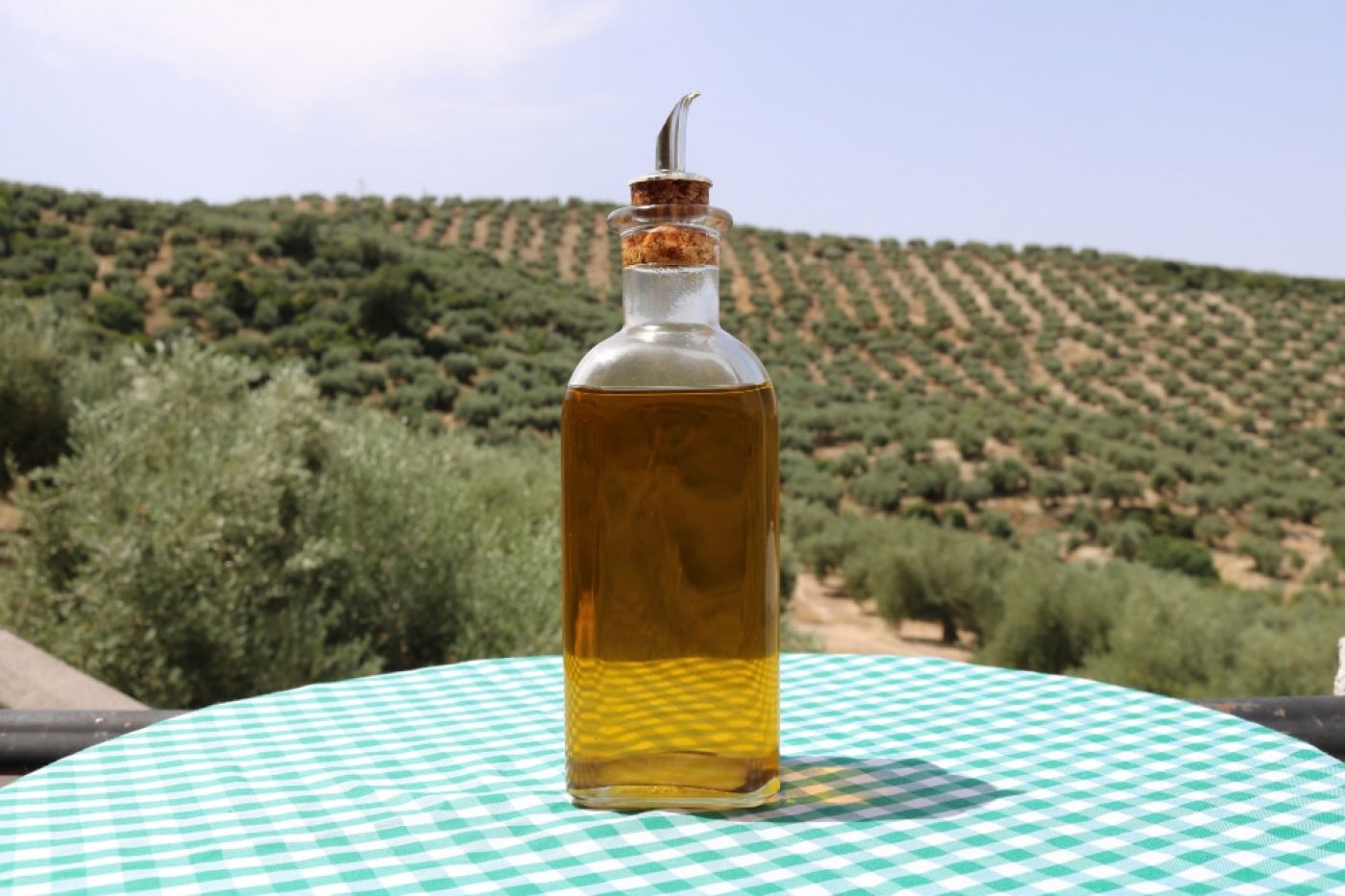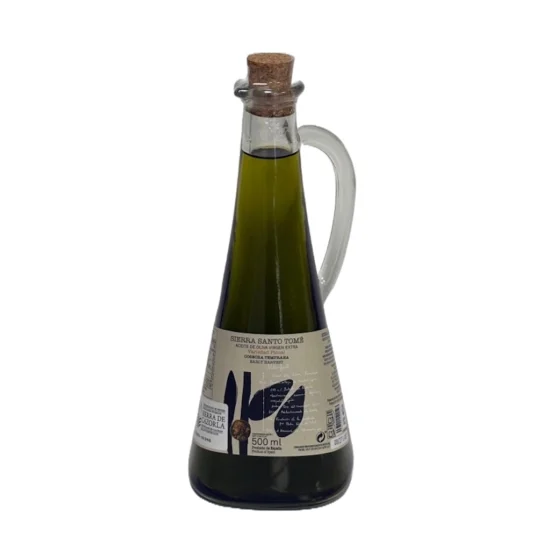
A scientific study, with the precision of a scalpel and the urgency of a scream in the night, puts its finger on the sore spot regarding the future of olive oil. Researchers from the Toulouse Center for Biodiversity and Environment Research (CRBE), the ThéMA laboratory, and ISEM are blunt and do not sugarcoat the harsh reality: climate change, with its unpredictable onslaughts, and a cycle of low solar activity, like a cosmic slumber, directly threaten the production of that golden liquid that has nourished bodies and cultures for millennia.
And beware, this warning is not a trivial matter limited to olive groves; It is a direct, dull but resounding blow to the economy of vast regions and to the very cultural identity of the Mediterranean, the cradle of civilizations and ancient traditions intimately linked to this blessed fruit.
The crux of the matter, the heart of the matter revealed by this study with 8,000 years of historical perspective? An international team of scientists, with the meticulousness of archaeologists unearthing secrets of the past and the vision of futurists anticipating future scenarios, led by David Kaniewski, a name that resonates with authority in academic circles at the University of Toulouse, has analyzed a vast amount of climatic and biological data.
The conclusion, far from being a reassuring whisper, is a declaration of alarm: the photosynthesis of olive trees, that vital process by which they capture the sun’s energy to grow and bear fruit, is in a worrying decline. And if photosynthesis fails, like a car engine stopping, pollination, that delicate dance between flowers and bees, suffers profoundly, and with it, the production of that liquid gold that we so cherish on our tables and that is an intrinsic part of our diet and heritage.
The culprits of this crossroads, the villains in this silent but threatening film, are two powerful and interconnected forces: increasingly frequent and intense droughts, an increasingly familiar face of climate change, which dehydrate the earth and weaken the trees, and the stunted solar activity, a cosmic phenomenon that reminds us of our dependence on the sun. We are entering, or have already entered, a “grand solar minimum,” a phase that extends over several decades during which the sun, our primary source of energy, reduces the intensity of its cycles, like a languishing fire. The direct and palpable consequence? Less radiant energy reaching the Earth’s surface, just what olive trees need like water in May, like a vital elixir, at two crucial moments in their annual cycle: from March to April to awaken from their winter slumber and bloom vigorously, and from September to November to allow the olives, those little green treasures, to slowly ripen, becoming loaded with flavor and oil.
And it doesn’t end there, with the mere amount of light. The study delves into the intricate relationship between solar activity and olive tree biology. He emphasizes that the quantity and quality of pollen, that golden dust essential for fertilization and, therefore, for the future harvest, goes inexorably hand in hand with the efficiency of photosynthesis. And this, in turn, like a delicate balance, depends on a constellation of environmental factors: ambient temperature, the concentration of carbon dioxide in the atmosphere, the amount and distribution of rainfall, and, above all, the generosity of the sun that shines upon us.
David Kaniewski, with the authority conferred by his exhaustive research, warns of this without mincing words, with the seriousness of a doctor diagnosing a serious illness: “If the radiation balance is altered, if the energy arriving from the sun decreases, the flowering, fertilization, and fruiting of olive trees suffer significantly, as if a great, constant cloud, invisible but omnipresent, were limiting the precious sunlight they need to thrive.”
Beyond the undeniable impact on the environment, the health of our ecosystems, and the biodiversity that sustains life, this bleak outlook, painted with traces of uncertainty and concern, threatens a fundamental pillar of the economy of many Mediterranean regions, from the sun-drenched slopes of Andalusia to the centuries-old fields of Greece and Italy, and a backbone of our cultural identity, our culinary traditions, and our historical legacy.
As the study clearly points out, “photosynthetic activity is undoubtedly revealed as a determining factor.”rminant, a crucial barometer, for the future of the Mediterranean olive oil economy.” And with Spain, the world giant in olive oil production, with its vast olive groves stretching as far as the eye can see, in the spotlight of this research, scientists are not letting their guard down, aware of the magnitude of the challenge, and are continuing their research with renewed vigor to better understand the specificities of regional vulnerability and to anticipate future scenarios. Let us not forget the magnitude of Spanish production, which ranges between 30% and 40% of the world total and between 50% and 70% of the European volume, which underscores the importance of finding urgent and effective solutions.
But not all is lost in this horizon fraught with questions. This joint research, the result of collaboration between brilliant minds from the Toulouse Centre for Biodiversity and Environment Research (CRBE), the The ThéMA laboratory and ISEM, opens a window of hope, a path to action. It invites us to reflect deeply on the need to devise and implement innovative and sustainable adaptation strategies to preserve the rich tradition of olive oil and ensure its continuity for future generations. In a historical moment marked by a global food transition and a growing appreciation of the health benefits of the Mediterranean diet, rich in this golden elixir, the fundamental question continues to resonate strongly: how can we ensure the sustainability, and even the longevity, of one of its star ingredients, one of its fundamental pillars, in the face of the relentless onslaught of these cosmic and terrestrial changes that threaten its existence?
The future of olive oil hangs by a delicate thread, oscillating between the unpredictability of celestial cycles and the growing instability of a planet in transformation. The answer to this challenge will determine not only the fate of an ancient industry, but also the preservation of a cultural legacy that has enriched the lives of millions of people for centuries.
Important Note: aceitedelcampo.com promotes the consumption of extra virgin olive oil for its culinary qualities and health benefits. However, no medication or current treatment should be replaced without the guidance of a healthcare professional.




ALZAYT EXPORT SL
info@aceitedelcampo.com
C/ Eduardo Bosca 19, 2-5
46023 Valencia
Subscribe and receive a coupon by email for your next purchase.